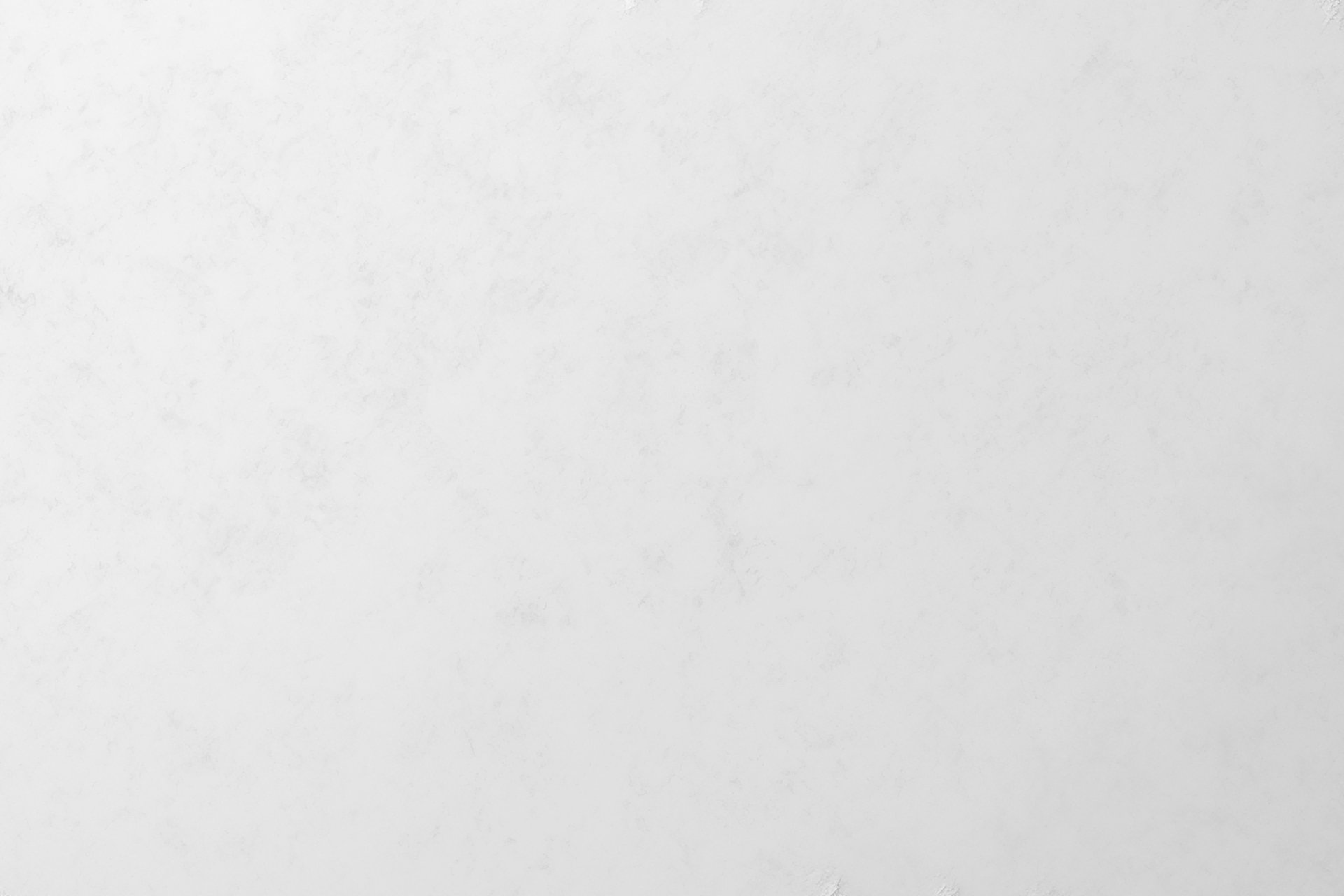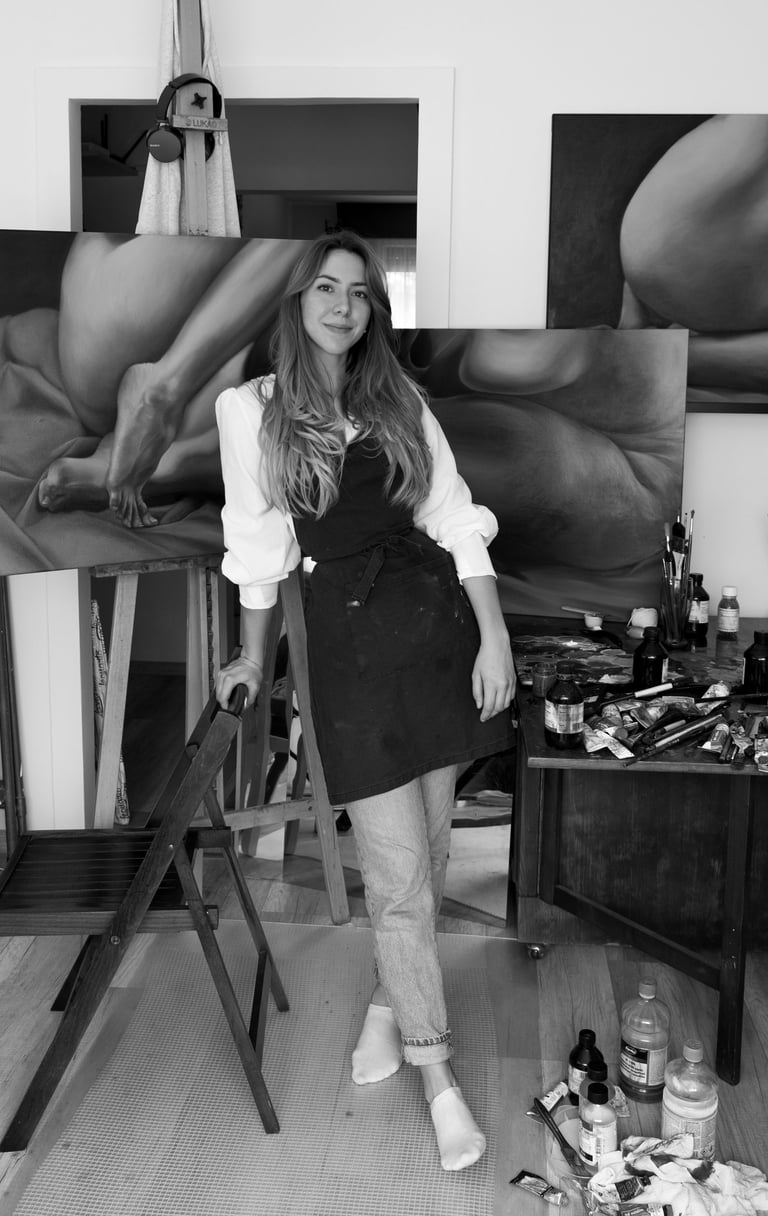
About

Artist
Statement


I perceive the human body as a sensitive, continuously shifting entity — a site of constant dialogue with its surroundings. It responds, it absorbs, it passes through the world while carrying its own memories, desires, and fragility. My work seeks what trembles on the threshold between the sublime and the grotesque — where nostalgia, solitude, and estrangement echo simultaneously as something both familiar and distant, and where the body opens emotional and perceptual spaces beyond the visible.
Ovid’s Metamorphoses, particularly in Stephanie McCarter’s feminist translation, has deeply influenced my thinking. Her readings reveal the subtle entanglement of desire, power, and resistance, turning myth into a mirror of vulnerability and transformation. Beneath the idealized surface of love stories lies a persistent undercurrent of coercion, fear, and exposure. The women in these myths often seek refuge through metamorphosis — not merely as escape, but as a means of self-preservation. These moments of becoming inspire my female figures: suspended between strength and fragility, caught in the threshold of transformation.
For me, the distorted body is also a site of resistance — a terrain where the normative codes of femininity fracture and reconfigure. Distortion, fragmentation, and vulnerability are not signs of weakness but marks of endurance and renewal. They dissolve the boundaries of patriarchal vision and open new possibilities for female agency and self-definition. In my paintings, the body appears at once exposed and resilient, intimate and self-possessed — inhabiting the edge where constraint and transformation coexist.
The grotesque is not the opposite of the sublime, but its hidden reflection: the fracture where the ideal splits open, revealing the raw, imperfect reality beneath. Beauty, for me, is not located in perfection but in the delicate tension between harmony and dissonance, order and collapse. Through these encounters, the body becomes more than form — it becomes a sensorial and philosophical site where struggle, change, and resistance leave their imprint. The grotesque, in this sense, is not a rejection of beauty but a language through which it is reimagined.
It is essential for me that the body is never depicted as neutral. Fragmentation, absence, and distortion are not merely aesthetic gestures but acts of disclosure — through them, the body’s boundaries are tested, and identity is continuously renegotiated. Each painting embodies a state of transition, a moment where the visible and the concealed, the fragile and the enduring, coalesce into a quiet tension that animates form itself.
